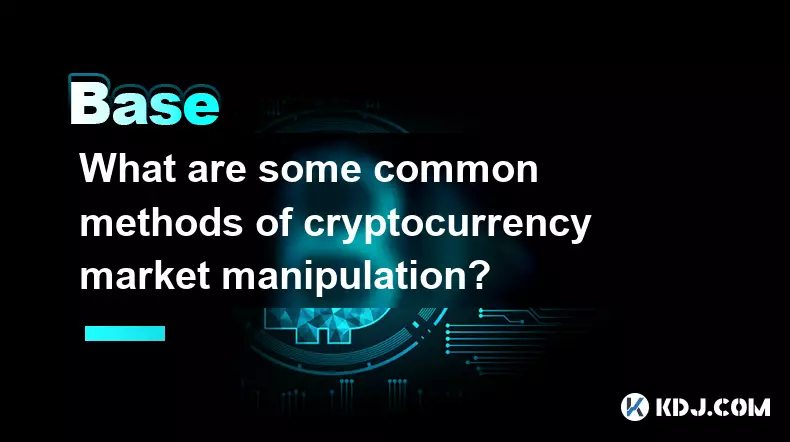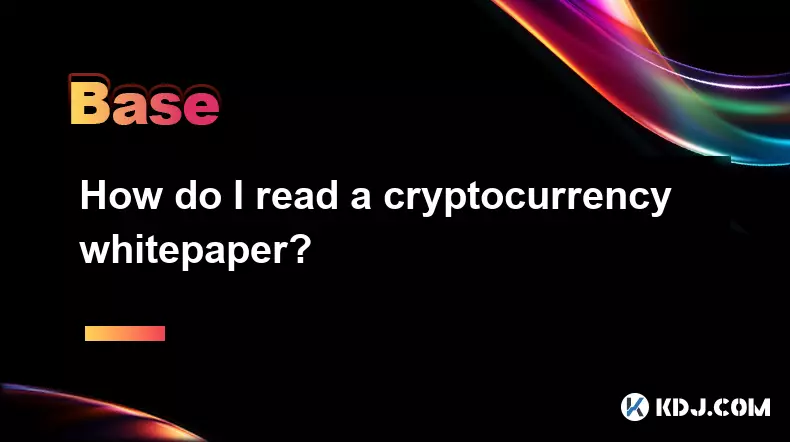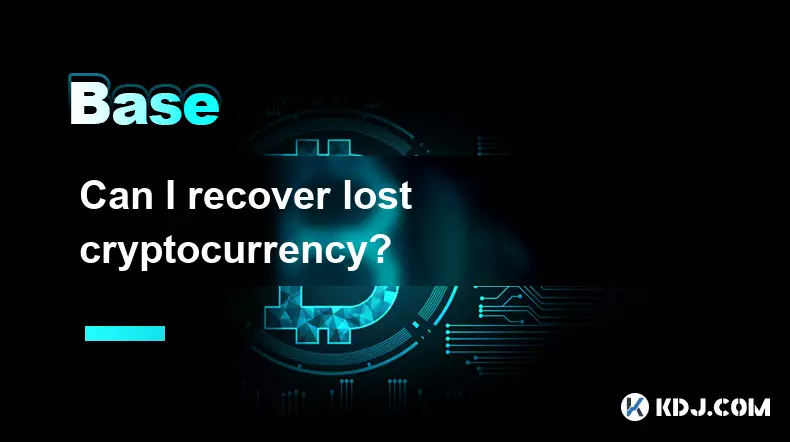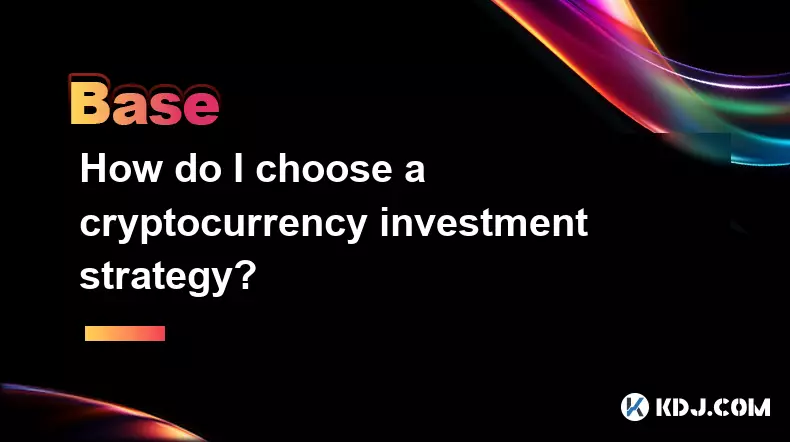-
 bitcoin
bitcoin $114779.865156 USD
2.30% -
 ethereum
ethereum $4226.519789 USD
2.39% -
 tether
tether $1.000545 USD
0.04% -
 xrp
xrp $2.890223 USD
0.92% -
 bnb
bnb $1030.029301 USD
2.95% -
 solana
solana $212.824944 USD
1.69% -
 usd-coin
usd-coin $0.999757 USD
0.01% -
 dogecoin
dogecoin $0.234961 USD
-0.27% -
 tron
tron $0.337174 USD
0.42% -
 cardano
cardano $0.804783 USD
0.09% -
 hyperliquid
hyperliquid $45.748770 USD
-2.85% -
 chainlink
chainlink $21.699170 USD
0.82% -
 ethena-usde
ethena-usde $1.001452 USD
0.08% -
 avalanche
avalanche $30.237800 USD
1.14% -
 stellar
stellar $0.372604 USD
1.52%
how satoshi nakamoto explained
Nakamoto's emphasis on decentralization, Proof of Work consensus, and a capped supply underscores Bitcoin's innovative framework for a secure and transparent digital currency system.
Oct 10, 2024 at 04:24 am

Nakamoto described Bitcoin as a decentralized digital currency that operates on a blockchain, a distributed ledger that records transactions in a transparent and immutable manner. He emphasized that the blockchain eliminates intermediaries like banks and governments, empowering individuals to control their own finances.
2. Proof of Work ConsensusNakamoto introduced the concept of Proof of Work (PoW), a consensus mechanism that rewards miners for verifying transactions and adding new blocks to the blockchain. PoW ensures the integrity of the system by requiring substantial computational effort, discouraging malicious actors from manipulating it.
3. Limited SupplyBitcoin's supply is capped at 21 million coins, ensuring scarcity and potential appreciation in value. Nakamoto believed that this limited supply would prevent excessive inflation and preserve the currency's long-term value.
4. AnonymityWhile transactions are recorded on the public blockchain, Nakamoto designed Bitcoin to preserve user anonymity. He employed pseudonyms and cryptographic techniques to protect the privacy of individuals involved in transactions.
5. Transactions and FeesNakamoto established a fee system to incentivize miners to process transactions and maintain the network. These fees are paid by users and vary depending on transaction size and network congestion.
6. Open Source and TransparencyNakamoto emphasized the open-source nature of Bitcoin, allowing anyone to inspect and contribute to its code. This transparency ensures that the system remains decentralized and prevents potential manipulation by any single entity.
7. Scalability and Transaction TimeNakamoto recognized the need for scalability and faster transaction times in the future. He anticipated the development of second-layer solutions like the Lightning Network to address these challenges and enable Bitcoin to handle a greater volume of transactions.
8. Censorship ResistanceNakamoto designed Bitcoin to be resistant to censorship or control by governments or financial institutions. The decentralized nature and pseudonymous transactions make it difficult for external entities to prevent or monitor its use.
9. Security and LongevityNakamoto stressed the importance of Bitcoin's security and resilience. He implemented robust cryptographic algorithms and encouraged responsible network maintenance to ensure the long-term stability and reliability of the system.
10. Future PotentialNakamoto envisioned Bitcoin as a transformative force in the financial world, capable of disrupting traditional banking systems and empowering individuals. He encouraged further innovation and believed that the currency had the potential to revolutionize the way value is exchanged and stored.
Disclaimer:info@kdj.com
The information provided is not trading advice. kdj.com does not assume any responsibility for any investments made based on the information provided in this article. Cryptocurrencies are highly volatile and it is highly recommended that you invest with caution after thorough research!
If you believe that the content used on this website infringes your copyright, please contact us immediately (info@kdj.com) and we will delete it promptly.
- BlockDAG, DOGE, HYPE Sponsorship: Crypto Trends Shaping 2025
- 2025-10-01 00:25:13
- Deutsche Börse and Circle: A StableCoin Adoption Powerhouse in Europe
- 2025-10-01 00:25:13
- BlockDAG's Presale Buzz: Is It the Crypto to Watch in October 2025?
- 2025-10-01 00:30:13
- Bitcoin, Crypto, and IQ: When Genius Meets Digital Gold?
- 2025-10-01 00:30:13
- Stablecoins, American Innovation, and Wallet Tokens: The Next Frontier
- 2025-10-01 00:35:12
- NBU, Coins, and Crypto in Ukraine: A New Yorker's Take
- 2025-10-01 00:45:14
Related knowledge

How does cryptocurrency achieve decentralization?
Sep 30,2025 at 04:37am
Understanding the Foundation of Decentralization in Cryptocurrency1. Cryptocurrency achieves decentralization primarily through the use of blockchain ...

What are some common methods of cryptocurrency market manipulation?
Sep 27,2025 at 02:55am
Wash Trading and Its Impact on Market Perception1. Wash trading involves an individual or entity simultaneously buying and selling the same cryptocurr...

How do I read a cryptocurrency whitepaper?
Sep 27,2025 at 05:54am
Understanding the Structure of a Cryptocurrency Whitepaper1. Begin by identifying the executive summary, which outlines the project’s core vision and ...

Can I recover lost cryptocurrency?
Sep 25,2025 at 08:18am
Understanding the Nature of Cryptocurrency Loss1. Cryptocurrency operates on decentralized networks, meaning there is no central authority to reverse ...

How do I choose a cryptocurrency investment strategy?
Sep 27,2025 at 03:55pm
Understanding Risk Tolerance in Crypto Investing1. Assessing personal risk tolerance is a foundational step when entering the cryptocurrency market. V...

How can I earn passive income from cryptocurrency?
Sep 23,2025 at 10:18am
Staking Cryptocurrencies for Regular Returns1. Many blockchain networks operate on a proof-of-stake (PoS) consensus mechanism, allowing users to earn ...

How does cryptocurrency achieve decentralization?
Sep 30,2025 at 04:37am
Understanding the Foundation of Decentralization in Cryptocurrency1. Cryptocurrency achieves decentralization primarily through the use of blockchain ...

What are some common methods of cryptocurrency market manipulation?
Sep 27,2025 at 02:55am
Wash Trading and Its Impact on Market Perception1. Wash trading involves an individual or entity simultaneously buying and selling the same cryptocurr...

How do I read a cryptocurrency whitepaper?
Sep 27,2025 at 05:54am
Understanding the Structure of a Cryptocurrency Whitepaper1. Begin by identifying the executive summary, which outlines the project’s core vision and ...

Can I recover lost cryptocurrency?
Sep 25,2025 at 08:18am
Understanding the Nature of Cryptocurrency Loss1. Cryptocurrency operates on decentralized networks, meaning there is no central authority to reverse ...

How do I choose a cryptocurrency investment strategy?
Sep 27,2025 at 03:55pm
Understanding Risk Tolerance in Crypto Investing1. Assessing personal risk tolerance is a foundational step when entering the cryptocurrency market. V...

How can I earn passive income from cryptocurrency?
Sep 23,2025 at 10:18am
Staking Cryptocurrencies for Regular Returns1. Many blockchain networks operate on a proof-of-stake (PoS) consensus mechanism, allowing users to earn ...
See all articles










































































